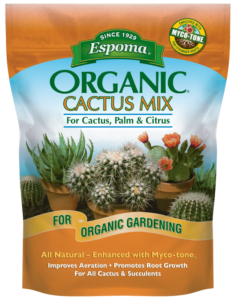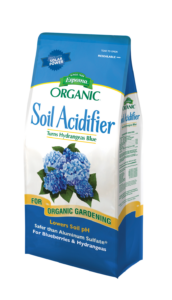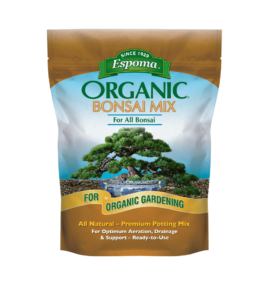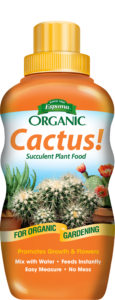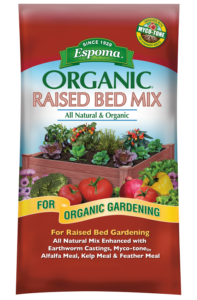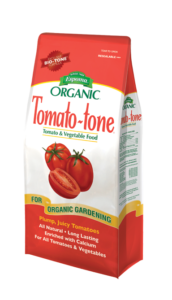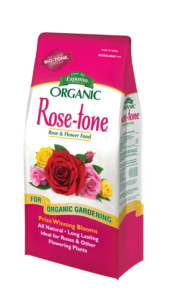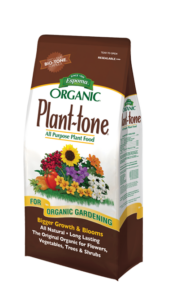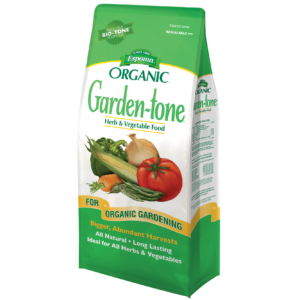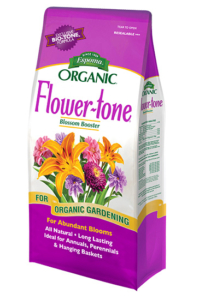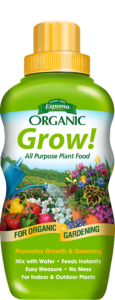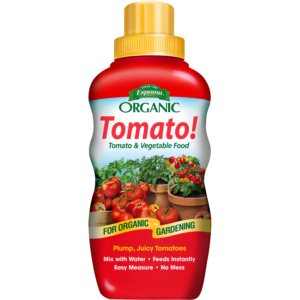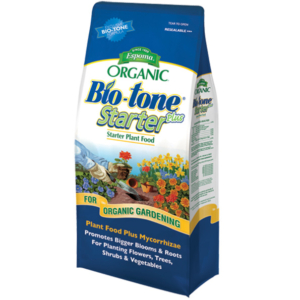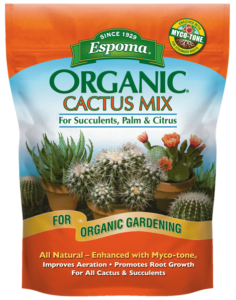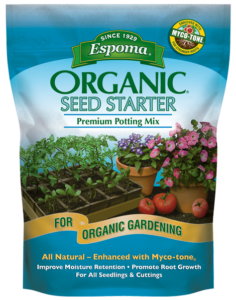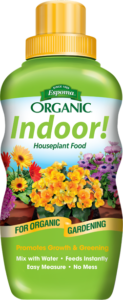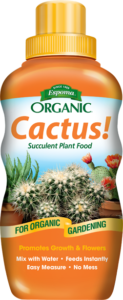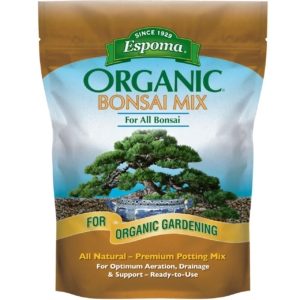VIDEO: Planting Herbs and Berries in Containers 🌿🍓 with Summer Rayne Oakes
Watch as Summer Rayne Oakes plants herbs and berries in containers using Espoma Organic Potting Mix, Cactus Mix, Perlite, and Soil Acidifier.
No garden space? No worries! Summer shows us how to create a lush container garden filled with flavorful herbs and delicious berries right on your patio, balcony, or windowsill.
Summer highlights how easy it is to cultivate favorites like thyme, basil, oregano, cilantro, chives, strawberries, blueberries, and even dwarf huckleberries using containers. To ensure success, she recommends Espoma Organic products, including:
- Espoma Organic Potting Mix: Provides balanced moisture and drainage, perfect for promoting healthy root growth.
- Espoma Organic Perlite: Improves soil aeration and drainage to prevent root rot.
- Espoma Organic Cactus Mix: Ideal for Mediterranean herbs like rosemary and lavender that prefer dry conditions.
- Espoma Organic Soil Acidifier: Essential for acid-loving fruits like blueberries and huckleberries.
Container gardening not only maximizes your space but also creates visually appealing and edible arrangements.
Learn more about Summer Rayne Oakes here:
Website: homesteadbrooklyn.com
YouTube: @summerrayneoakes
Facebook: facebook.com/homesteadbrooklyn
Instagram: instagram.com/homesteadbrooklyn
Twitter (X): twitter.com/sroakes
Featured Products:

